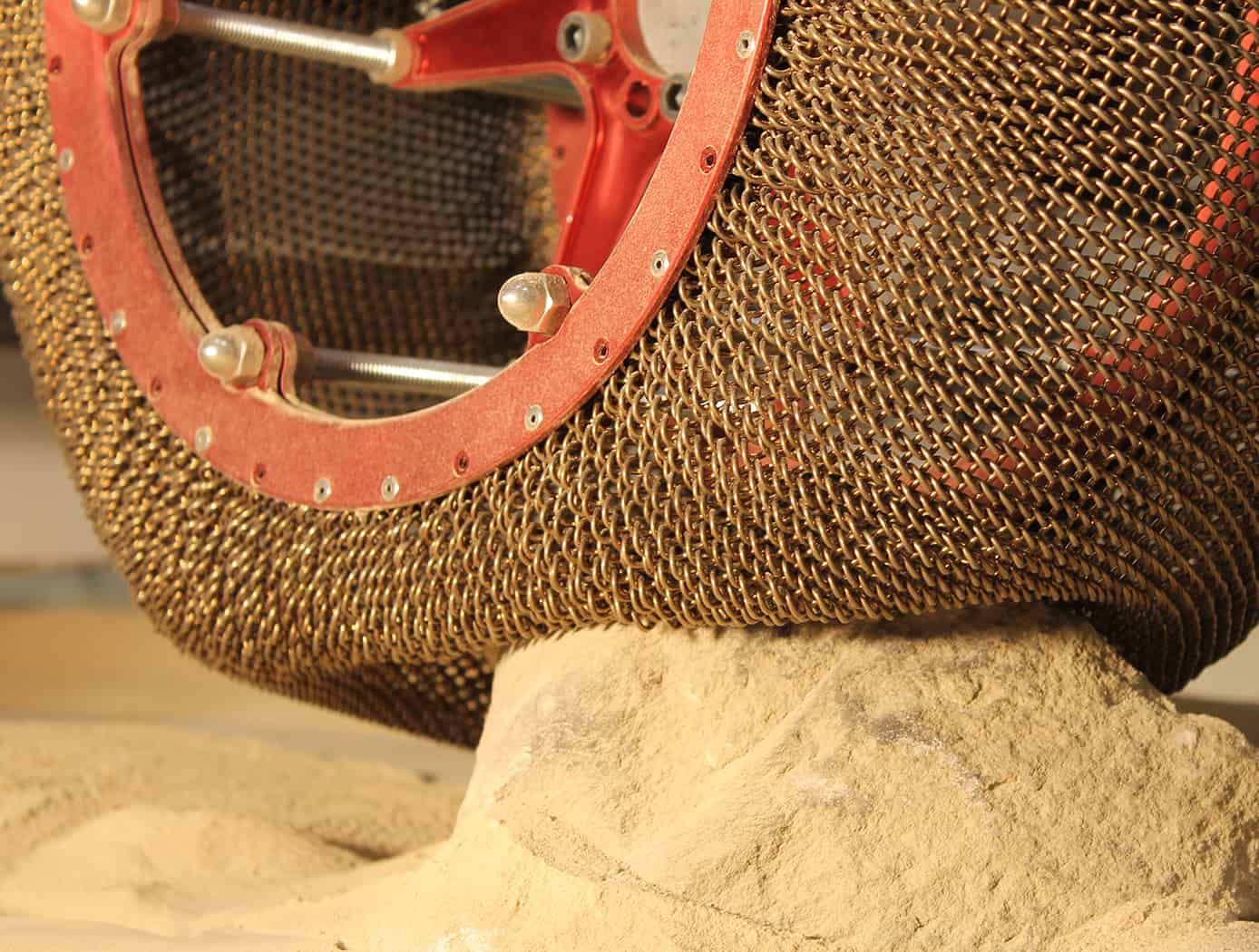You’d be hard-pressed to find a weirder creature than the frogfish. But even biologists studying them were surprised by a recent discovery Frogfish have a unique rod-shaped dorsal fin at the front called illicium. This rod comes equipped with worm-like appendages that lure small fish and animals. The fish moves its illicium to mimic a struggling worm and as nearby animals approach to bite it, the frogfish swiftly opens its mouth, using powerful suction to engulf its prey.
Now, researchers have shown that this complex behavior is governed by a special type of neurons.

Frogfish are stunning creatures that defy many expectations of what a fish should look and behave like. They’re members of the anglerfish family and have bodies covered in warty, camouflaged skin that helps them blend seamlessly with their surroundings. They also sometimes “walk” across the seafloor using their pectoral and pelvic fins, which function like legs. Yet their most bizarre feature is their fishing rod-like illicium, a modified dorsal spine tipped with a fleshy lure to attract prey.
Frogfish can strike with astonishing speed, sucking in prey in just 6 milliseconds—one of the fastest movements in the animal kingdom. But without the worm-like illicium, it doesn’t work
Now, a team of researchers at Nagoya University (NU) have identified and described the neurons that control illicium. In their study, the team reveals that a special group of motor neurons located in the upper backside (dorsolateral zone) of the fish’s spine enables the illicium to move and act like a worm.
This is quite surprising because motor neurons that control fins are located in the ventrolateral zone (front and sides) of the spines in most other bony fish.
“We found that the motoneurons for the illicium are present in the dorsolateral zone of ventral horn at the medullo-spinal boundary level, being quite different from those of motoneurons supplying other dorsal fins,” the study authors note.
Tracing the strange location of the neurons

Apart from illicium, striated frogfish (Antennarius striatus) also have a dorsal fin in the back that has an intimidating appearance to ward off predators. Another fin located in the middle of its body helps the fish remain stable and maintain speed while swimming.
The motor neurons controlling these fins are well-known to scientists and their locations are similar to those found in other bony fish. However, neurons that govern the action of illicium have been a mystery.
To detect the neurons behind this movement, the researchers injected a special neural tracer into the body of a frogfish. The tracer color-coded different parts of the fish’s brain and spinal cord, making it easier to identify motoneurons associated with different fins.
Next, they performed a similar experiment with white-spotted pygmy fish, a relative of frogfish with a horn-like dorsal fin. Frogfish and white-spotted pygmy filefish belong to the same order, Tetraodontiformes, and show parallel evolutionary adaptations. The study authors compared the distribution of motoneurons in their nervous system, and this is when they noticed something unusual.
As expected, the motor neurons controlling the pygmy filefish horn were located in the ventrolateral zone. However, they discovered that the illicium muscles were controlled by a motor neuron cluster in the dorsal branch of the occipital nerve.
The study found that the dorsal ramus of the occipital nerve connects to the muscles. The neurons controlling these muscles were located in the dorsolateral part of the ventral horn, forming a small, separate cluster from the other neurons in that area (upper back part of the fish’s spine),” the authors explained
What difference does it make?
The neurons weren’t where the researchers were expecting to find them. The study highlights that somewhere during evolution, the motor neurons controlling the illicium in frogfish shifted to an unusual location. They segregated from other motoneurons, forming a distinct cluster to perform the specialized fishing behavior.
“The motor neurons that perform fishing behavior were originally dorsal fin motor neurons but moved to an unusual location in the central nervous system. This is an unprecedented discovery, and we are excited about its implications,” Naoyuki Yamamoto, one of the study authors, and a professor at NU, said.
However, scientists have only solved the first part of the fishing motor neuron puzzle. They are yet to find out the factors that caused the fishing neurons to occupy an unusual location. This could help scientists understand the evolution of specialized organs (or body parts) found in other vertebrates including humans.
“The organization of different groups of motor neuron groups is similar among vertebrates. In vertebrates, there are several species with highly specialized behavior. Our study provides a new point of view on motor neurons, and we hope it prompts similar studies in other species that lead scientists to understand the rules that govern their organization,” Yamamoto concluded.
The study is published in the Journal of Comparative Neurology.









